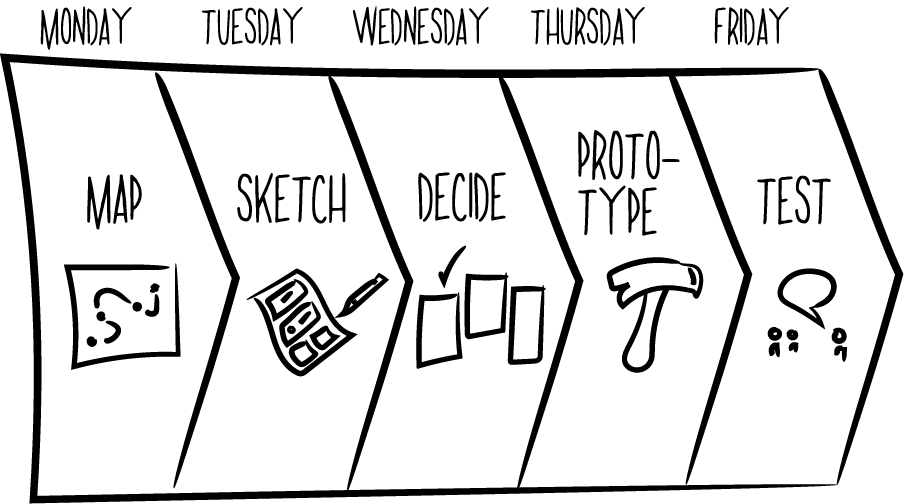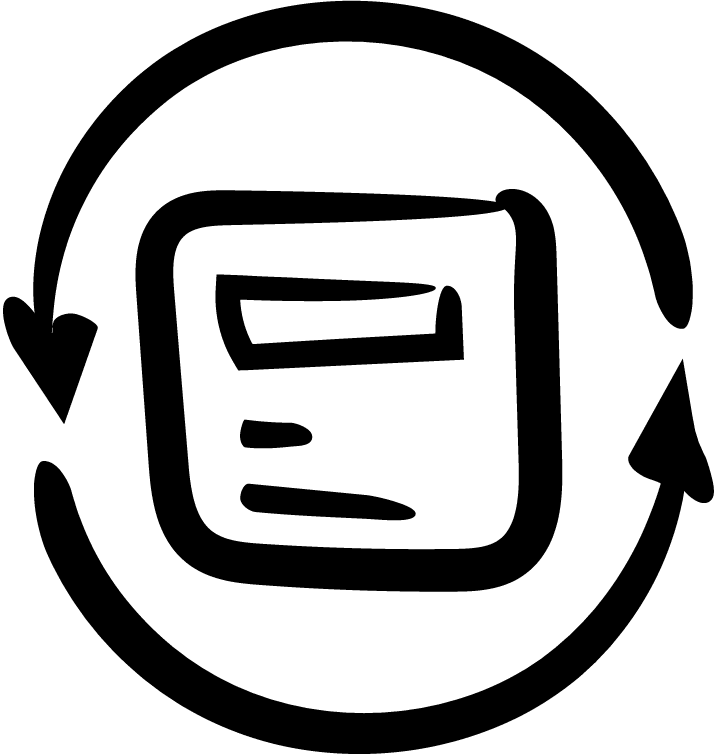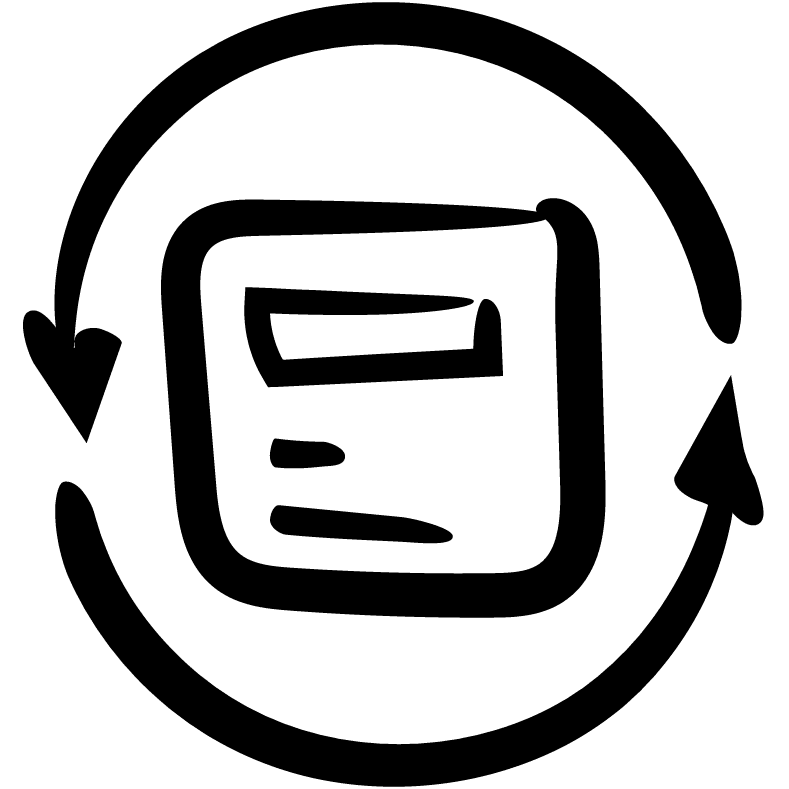A sprint to new business models
Innovating in the digital banking industry
Exploring new revenue streams
A global digital banking company specializing in corporate credit cards for startups and growing small to medium businesses found itself at a fork in the road. Facing an increasingly competitive market, the company wanted to return to its startup-company roots and explore new potential markets and products.
To tackle this challenge, we embarked on a Google Venture-style sprint, a five-day rapid testing and prototyping process, facilitated by Territory’s Jeremy Varo-Haub.

Fresh business models
In an industry becoming increasingly competitive, our client partners recognized the need to diversify its offerings and create fresh business models to remain a relevant choice. Their core business—providing credit to startup companies—was still going strong, but they aimed to find new avenues for revenue generation. The team was dispersed globally, working remotely, which added an extra layer of complexity to the innovation process. In order to facilitate the process effectively, we customized a Design Sprint, Ltd. template in MURAL.
The Territory Team

Jeremy
Jeremy played a pivotal role in guiding the sprint and ensuring that the team stayed on track to achieve their goals.
Kylee
Kylee managed the design aspects of the sprint and facilitated collaboration through the Figma board.
The sprint approach
We adopted a sprint methodology that encouraged structured creativity and fast-paced decision-making. The sprint unfolded over five days, following the process outlined in the book Sprint.
Day One
The team began by identifying and mapping out the challenges they faced in the market and within their own operations.

Day Two
Participants brainstormed and sketched potential solutions and innovative concepts.

Day Three
The team reviewed the sketches and selected the most promising ideas to move forward.

Day Four
With selected ideas in hand, the team rapidly built prototypes to test their feasibility.

Day Five
The team reviewed the sketches and selected the most promising ideas to move forward.

Tangible results
Conducting a sprint in a time-constrained and remote environment came with its own set of challenges. Remote meetings required precision and brevity to maintain engagement and productivity. However, despite these challenges, the team embraced the sprint model enthusiastically. And our client built the right team for the work—there was a high level of diversity and expertise that ensured we were able to play with ideas from a vast number of perspectives.
The sprint successfully fostered a creative atmosphere and generated tangible results. By building and testing prototypes, they gained valuable insights into potential revenue-generating avenues. The sprint model proved effective in pushing the team to think outside the box and adapt quickly.
“Learning how to explore collaborative work across several teams inside the company is a nice way to develop our products in ways other than having just one set of feature lists or roadmap. [D]esign sprints seem like a nice starting point to achieve these collaborative-focused creative spaces.”
– Sr. Client Product Designer
Moments of insight











